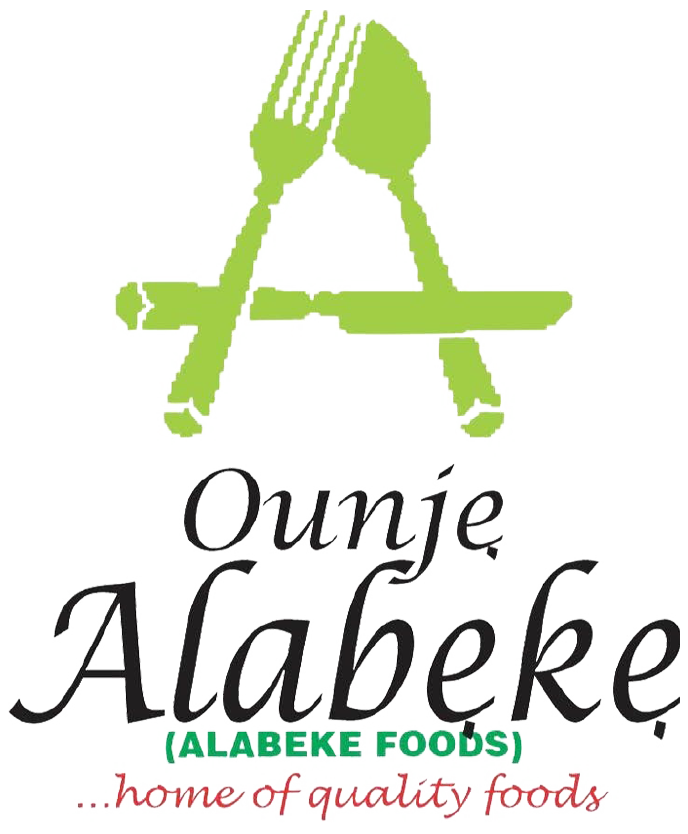How Technology Transformed Tipping in Restaurants

Photo Credit: Nathan Dumlao
Ah, the humble tip. A token of appreciation for good service is traditionally left in cash at the bottom of the bill. But in comes technology to revolutionize tipping in restaurants, just like the way we order food and pay for meals. Let's take a trip down memory lane and explore how technology transformed tipping in restaurants.
The Cash Caper:
It was common in the good old days to fumble for loose change after a satisfying meal. So leaving a tip in cash was (and still is in some places) the standard practice. It offered a certain level of anonymity and allowed diners to gauge the amount based on the quality of service.
The Rise of the Swipe:
With the rise of credit card payments, tipping etiquette has evolved. It caused diners to make a separate transaction after the bill was presented. This sometimes felt awkward, especially for larger groups deciding on a split tip.
The Digital Dilemma:
But the use of credit cards is only part of the story of how technology transformed tipping in restaurants. It evolved to the age of digital payment systems with a series of pre-programmed tip percentages (15%, 18%, 20%, etc.) flashed on the screen. And according to studies, this convenient system might influence diners to tip higher electronically compared to cash. This might be due to the ease and anonymity, or perhaps a feeling of obligation due to the interface.
Beyond the Beep:
Technology offers more than just pre-programmed options. The flexible nature means some systems allow diners to customize the tip percentage or even leave a comment for the server. This can be a positive step, providing more control and personalization to the tipping experience.
The Future of the Tip:
As technology continues to evolve, so too might tipping practices. There is the possibility of the emergence of features like integrated loyalty programs with the aim of rewarding both servers and diners based on tipping habits. Also, we might see completely cashless systems with built-in service charges.
This brief account of how technology transformed tipping in restaurants shows that it improved efficiency and accessibility. However, it's important to strike a balance. While pre-programmed options can nudge diners towards higher tips, we shouldn't lose sight of the true spirit of tipping: a genuine expression of appreciation for exceptional service.
